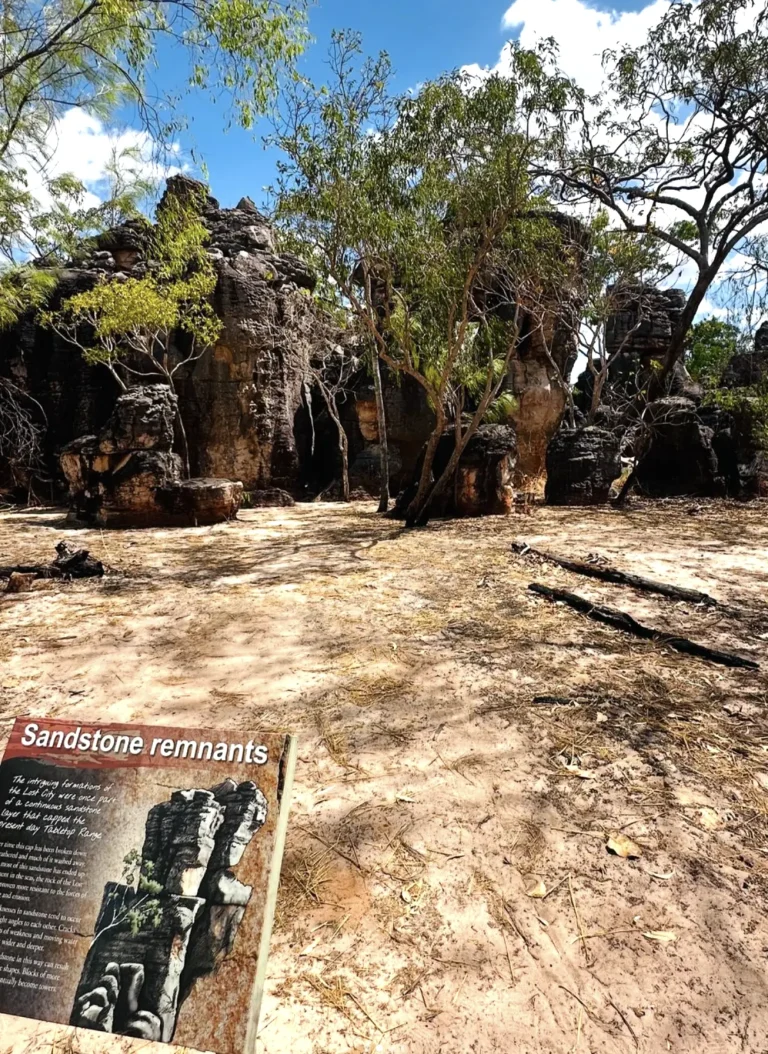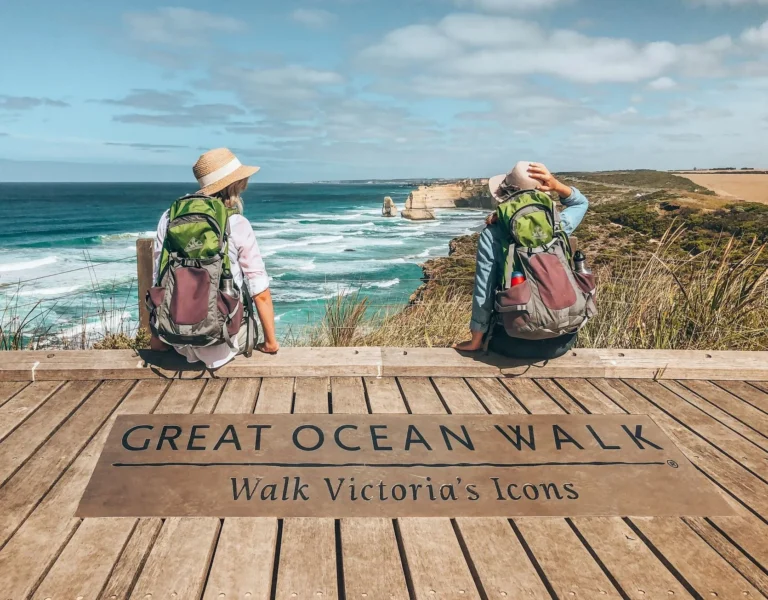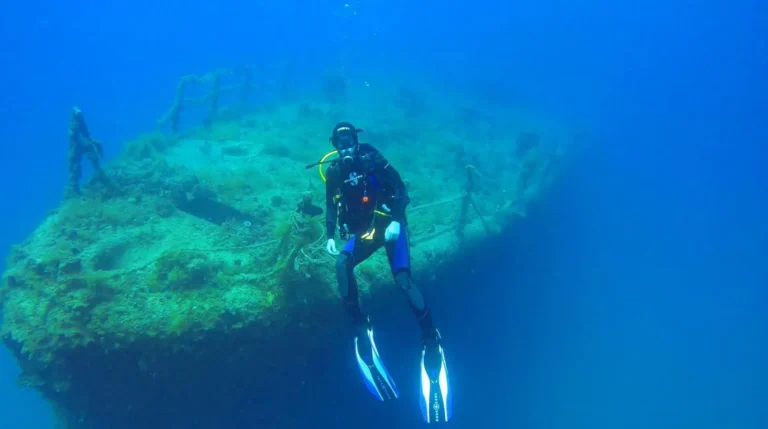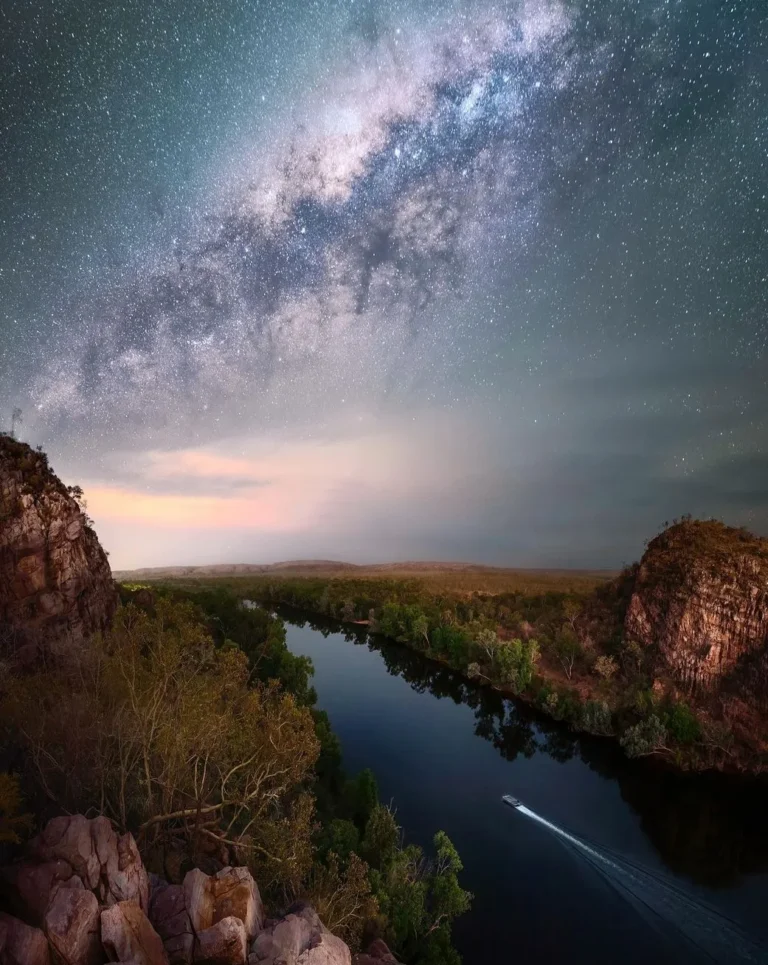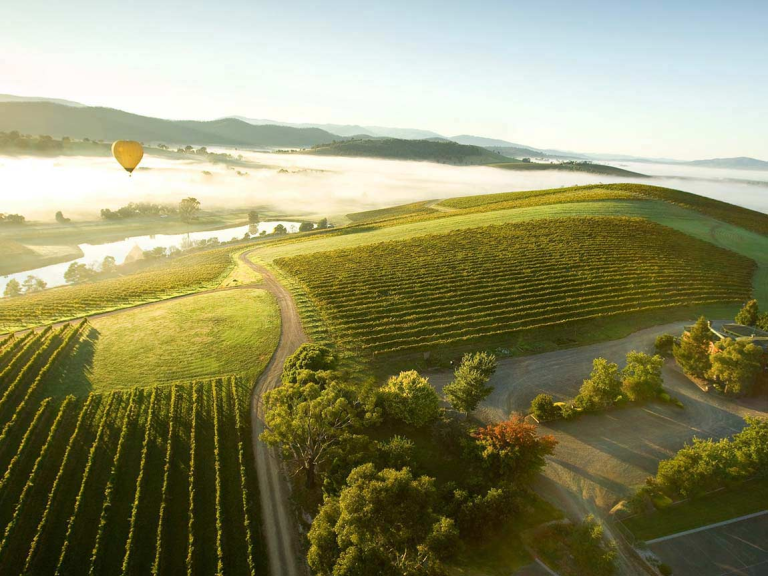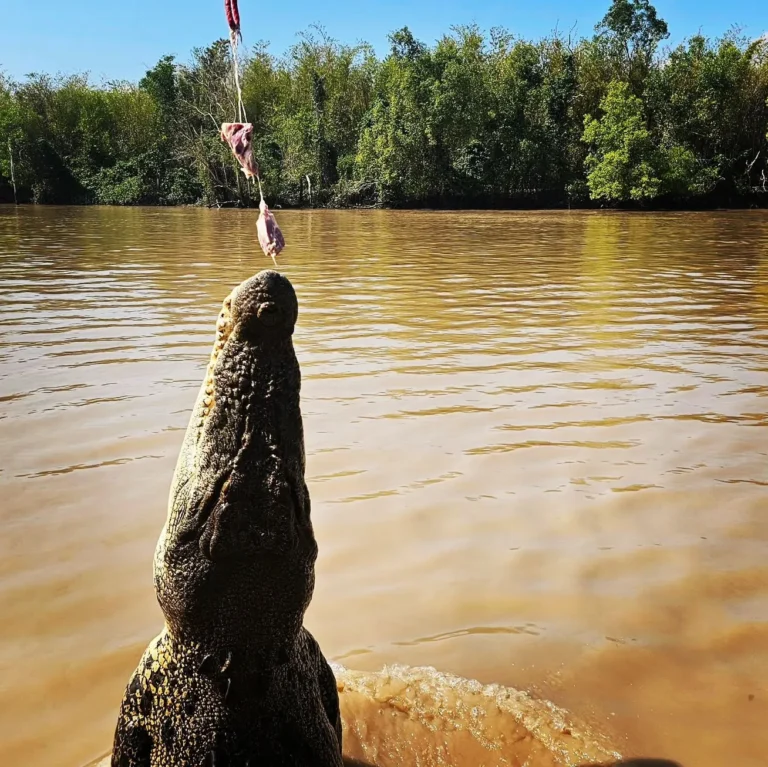Kakadu National Park, located in the Northern Territory of Australia, is a sprawling reserve renowned for its remarkable biodiversity and significant Indigenous cultural heritage. Within this UNESCO World Heritage site lies one of the world’s most spectacular collections of ancient rock art, offering a window into the lives and beliefs of Aboriginal people dating back millennia. These Kakadu rock art sites, with their intricate drawings and paintings, provide an invaluable link to the Dreamtime – the creation myth central to Aboriginal culture. They are a must-see for visitors to the park, and many opt for 5-day Kakadu tours to fully immerse themselves in the experience.
The Deep Roots of Kakadu Rock Art
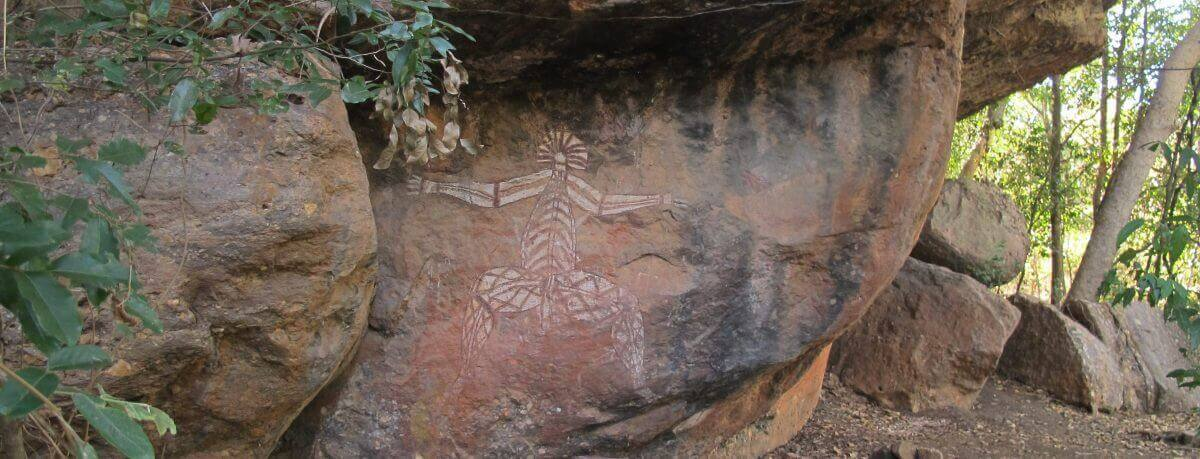
The rock art of Kakadu is a testament to one of the oldest living cultures on earth, with paintings that range in age from 20,000 years to some created just a century ago. These art sites are a chronicle of humanity, detailing the ebb and flow of life through the Ice Age, the arrival of new species, and the changes in climate. Aboriginal artists have portrayed their deep spiritual connection to the land through these works, and they serve as a record of their rituals, customs, and day-to-day life.
Journey Through the Artistic Time Capsules
Ubirr is one of the most visited rock art sites in Kakadu, celebrated for its vast galleries that depict the tales of the Dreamtime. Visitors can marvel at the Rainbow Serpent, a central figure in many Aboriginal myths, and the diversity of ancient wildlife painted with great care by these primitive artists. The site provides an evocative representation of the spiritual and practical aspects of Aboriginal life.
At Nourlangie, the stories etched and painted into the rocks are like pages from a history book, telling tales of human evolution, spirituality, and survival. The Anbangbang Shelter features several layers of rock art, each illustrating a different era and aspect of Indigenous life. The site is not only a cultural treasure but has also become a place of learning and profound inspiration.
The Diversity of Kakadu’s Artistic Expression
The rock art in Kakadu displays a diverse range of styles, from the x-ray drawings, which depict animals with their internal organs, to dynamic figures showing movement and interaction. The techniques used by the artists evolved over thousands of years, suggesting a sophisticated knowledge of materials and an ability to adapt artistic methods to express complex ideas and narratives. Understanding the diversity of these artistic expressions is critical to appreciating the depth of Aboriginal culture.
The Role of Preservation and Conservation
Conservation efforts are crucial to the survival of the rock art in Kakadu, with both natural and human-induced factors posing risks to these ancient treasures. Park authorities collaborate with Aboriginal custodians to develop and implement strategies that ensure the rock art’s longevity. Moreover, educating visitors on the importance of preserving these sites is an ongoing and essential part of Kakadu’s conservation work.
Engaging With the Art: Tours and Cultural Experiences
Engaging with the rock art in Kakadu is best done through guided tours, which offer in-depth knowledge and insight into the cultural significance of the sites. Many 5-day Kakadu tours are available, led by Aboriginal guides who share their ancestral stories and interpret the art for visitors. Below is a list of experiences typically included in such tours:
- Visits to major rock art sites, such as Ubirr and Nourlangie.
- Cultural activities, like traditional painting or weaving workshops.
Navigating the Kakadu Rock Art Sites
Organizing a trip to the Kakadu rock art sites requires careful planning to ensure a fulfilling and respectful visit. Whether you’re venturing out on a self-guided exploration or joining one of the 5-day Kakadu tours, here are some essential tips for visitors:
- Follow the designated paths and platforms to minimize impact on the environment.
- Abide by the rules regarding photography and touching of rock art.
- Carry sufficient water, especially during the hot and humid seasons.
Conclusion
The rock art sites within Kakadu National Park are not merely attractions; they are echoes of a legacy that is both ancient and alive. They remind us of the timelessness of art, storytelling, and spiritual connection to the land. As we walk through these natural galleries, we’re reminded of the importance of preserving these glimpses into the past and carrying forward the respect for the cultural traditions they represent.
FAQs About Kakadu Rock Art Sites
What makes the Kakadu rock art sites unique?
The Kakadu rock art sites provide exceptional testimony to the skills, spirituality, and culture of the Aboriginal people of Australia. Some of the drawings are believed to be up to 20,000 years old, making them some of the longest historical records of any group of people on Earth.
How many rock art sites are there in Kakadu?
Kakadu National Park boasts over 5,000 individual Aboriginal rock art sites, making it one of the densest concentrations of rock art in the world.
Can visitors touch the rock art in Kakadu?
No, visitors cannot touch the rock art in Kakadu. The oils from human skin can damage the delicate art. Visitors are asked to respect the site and view the art from designated platforms and walkways.
Is photography allowed at Kakadu rock art sites?
Photography is generally allowed at the Kakadu rock art sites for personal use, but it may be restricted in some areas to protect the art. Flash photography is prohibited as it can harm the rock surfaces. It’s always important to follow park guidelines and respect Indigenous customs.
Are there any cultural protocols to follow when visiting Kakadu rock art sites?
Yes, there are cultural protocols to follow. As Kakadu is a living cultural landscape, visitors should be respectful of the land and its traditional owners. This includes not entering restricted areas, not disturbing wildlife, and taking all rubbish with you. Additionally, visitors should be quiet and contemplative when viewing the rock art to honor its sacred nature.

